Saturday Night and Sunday Morning is a classic example of kitchen sink realism, exploring the struggles of working-class life in post-war Britain. Released in 1960, this film was directed by Karel Reisz and starred Albert Finney in his breakout role as Arthur Seaton, a rebellious young factory worker. The film follows Arthur as he navigates his job at the factory, his relationships, and his own inner turmoil. He finds solace in his nights out at the local pub, but also faces the consequences of his actions. The gritty and raw portrayal of working-class life in Nottingham earned the film critical acclaim and solidified its place in the kitchen sink realism genre.Saturday Night and Sunday Morning
Look Back in Anger is a 1959 film adaptation of John Osborne's groundbreaking play of the same name. Directed by Tony Richardson, the film stars Richard Burton as Jimmy Porter, a disillusioned young man living in a small flat with his wife, Alison, and her friend, Helena. Jimmy's anger and frustration with his stagnant life and society as a whole are at the forefront of the film. He expresses his thoughts and feelings through his scathing rants, while Alison and Helena struggle to keep up with his intensity. This film was one of the first to depict the struggles of the working class in a realistic and unapologetic way, setting the tone for future kitchen sink realism films.Look Back in Anger
A Taste of Honey is a 1961 British film directed by Tony Richardson and based on the play of the same name by Shelagh Delaney. The film follows Jo, a teenage girl living in a rundown apartment in Salford, and her struggles with her irresponsible mother, Helen, and her relationship with a black sailor named Jimmy. The film addresses issues of class, race, and sexuality in a time when these topics were not openly discussed. It also features a strong female lead, challenging the traditional gender roles of the time. A Taste of Honey was a critical success and is considered a defining film of the kitchen sink realism movement.A Taste of Honey
The Loneliness of the Long Distance Runner is a 1962 film directed by Tony Richardson and based on the short story of the same name by Alan Sillitoe. The film follows Colin, a rebellious young man from a working-class family who is sent to a reform school after committing a petty crime. Colin finds solace in running, and his talent catches the attention of the school's governor, who sees potential in him. However, Colin is torn between taking advantage of this opportunity and staying true to his rebellious nature. The film is a commentary on the oppressive nature of society and the struggles of the working class to break free from it.The Loneliness of the Long Distance Runner
This Sporting Life is a 1963 film directed by Lindsay Anderson and based on the novel of the same name by David Storey. The film follows Frank Machin, a young coal miner who becomes a successful rugby player for the local team. While Frank's career takes off, his personal life is filled with loneliness and heartache. The film delves into themes of class, masculinity, and the corrupting influence of fame. It also features a standout performance by Richard Harris as Frank, solidifying his place as one of the leading actors of the kitchen sink realism genre.This Sporting Life
A Kind of Loving is a 1962 film directed by John Schlesinger and based on the novel of the same name by Stan Barstow. The film follows Vic, a young man who becomes involved with a young woman named Ingrid and must navigate the expectations of marriage and family in his working-class community. The film addresses societal pressures and expectations, particularly for men, in a realistic and relatable way. It also highlights the struggles of women in this time period and the limited options available to them. A Kind of Loving was a critical success and helped launch Schlesinger's career as a director.A Kind of Loving
The L-Shaped Room is a 1962 British drama film directed by Bryan Forbes and based on the novel of the same name by Lynne Reid Banks. The film follows Jane, a young unmarried woman who moves into a run-down boarding house in London and becomes pregnant after a brief affair with a married man. The film tackles issues of class, gender, and social expectations, particularly for unmarried women. It also addresses the taboo topic of abortion, which was illegal in Britain at the time. The L-Shaped Room was a critical and commercial success, earning four Academy Award nominations and solidifying its place in the kitchen sink realism genre.The L-Shaped Room
The Leather Boys is a 1964 film directed by Sidney J. Furie and based on the novel of the same name by Gillian Freeman. The film follows young newlyweds Reg and Dot, who quickly realize they are not well-suited for marriage. Reg finds solace in his motorcycle club, where he meets and falls in love with fellow member Pete. The film addresses themes of sexuality and unconventional relationships, which were not openly discussed in mainstream media at the time. It also features a realistic portrayal of working-class life and the struggles that come with it. The Leather Boys was a critical success and is considered a groundbreaking film in the kitchen sink realism genre.The Leather Boys
The Knack...and How to Get It is a 1965 British comedy film directed by Richard Lester. The film follows three young men living in a London apartment and their attempts to woo a young woman named Nancy, who is new to the city. The film is a satirical take on the sexual revolution of the 1960s and the changing attitudes towards gender roles and relationships. It also features a strong female character who challenges traditional expectations and stereotypes. The Knack...and How to Get It won the Palme d'Or at the Cannes Film Festival and is considered a classic example of kitchen sink realism.The Knack...and How to Get It
Poor Cow is a 1967 British drama film directed by Ken Loach and based on the novel of the same name by Nell Dunn. The film follows Joy, a young woman who is married to a violent criminal and must navigate life as a single mother after he is sent to prison. The film tackles themes of poverty, domestic abuse, and the struggles of single mothers in a realistic and unapologetic way. It also features a standout performance by Carol White as Joy, earning her a BAFTA Award for Best Actress. Poor Cow is considered a landmark film in the kitchen sink realism genre and a powerful commentary on working-class life in Britain.Poor Cow
Kitchen Sink Realism Films: A Glimpse into the Reality of House Design

Understanding Kitchen Sink Realism
 Kitchen sink realism is a term used to describe a genre of film that focuses on portraying the mundane and ordinary aspects of everyday life. It emerged in the 1950s in Britain and was characterized by its raw and gritty depiction of working-class life. These films often featured a kitchen sink as a symbol of domesticity and served as a backdrop for the characters' struggles and conflicts.
Kitchen sink realism is a term used to describe a genre of film that focuses on portraying the mundane and ordinary aspects of everyday life. It emerged in the 1950s in Britain and was characterized by its raw and gritty depiction of working-class life. These films often featured a kitchen sink as a symbol of domesticity and served as a backdrop for the characters' struggles and conflicts.
The Role of House Design in Kitchen Sink Realism Films
 In kitchen sink realism films, the set design and house interiors play a crucial role in conveying the characters' social and economic status. The run-down and cluttered homes of the working class reflect their struggles and limited resources. On the other hand, the sleek and modern homes of the middle and upper classes highlight their privilege and material comfort.
House design is also used to emphasize the theme of confinement and claustrophobia in these films. The small and cramped spaces of the working-class homes represent their lack of freedom and opportunities for upward mobility.
This aspect of house design is often contrasted with the wide and open spaces of the countryside or the city, which symbolize the characters' desire for escape and a better life.
In kitchen sink realism films, the set design and house interiors play a crucial role in conveying the characters' social and economic status. The run-down and cluttered homes of the working class reflect their struggles and limited resources. On the other hand, the sleek and modern homes of the middle and upper classes highlight their privilege and material comfort.
House design is also used to emphasize the theme of confinement and claustrophobia in these films. The small and cramped spaces of the working-class homes represent their lack of freedom and opportunities for upward mobility.
This aspect of house design is often contrasted with the wide and open spaces of the countryside or the city, which symbolize the characters' desire for escape and a better life.
The Impact of Kitchen Sink Realism Films on House Design
 The emergence of kitchen sink realism films had a significant influence on the world of house design.
It shifted the focus from grand and luxurious homes to more realistic and relatable living spaces.
This led to the rise of minimalist and functional designs that catered to the needs and budget of the working class. This trend is still prevalent today, with many homeowners opting for simple and practical designs over extravagant and ornate ones.
Moreover, kitchen sink realism films also highlighted the importance of incorporating personal touches and character into house design. The cluttered and personalized homes of the working class in these films showcased their individuality and sense of pride in their humble abode. This has inspired many homeowners to infuse their own unique style and personality into their house design.
In conclusion, kitchen sink realism films provide a realistic and insightful look into the world of house design.
They shed light on the social and economic factors that influence the way we live and the spaces we inhabit.
These films continue to be a source of inspiration for both filmmakers and homeowners, reminding us that a house is not just a physical structure but a reflection of our identity and experiences.
The emergence of kitchen sink realism films had a significant influence on the world of house design.
It shifted the focus from grand and luxurious homes to more realistic and relatable living spaces.
This led to the rise of minimalist and functional designs that catered to the needs and budget of the working class. This trend is still prevalent today, with many homeowners opting for simple and practical designs over extravagant and ornate ones.
Moreover, kitchen sink realism films also highlighted the importance of incorporating personal touches and character into house design. The cluttered and personalized homes of the working class in these films showcased their individuality and sense of pride in their humble abode. This has inspired many homeowners to infuse their own unique style and personality into their house design.
In conclusion, kitchen sink realism films provide a realistic and insightful look into the world of house design.
They shed light on the social and economic factors that influence the way we live and the spaces we inhabit.
These films continue to be a source of inspiration for both filmmakers and homeowners, reminding us that a house is not just a physical structure but a reflection of our identity and experiences.




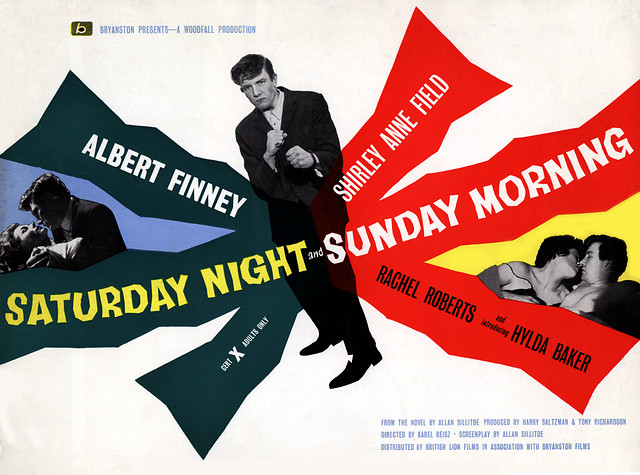













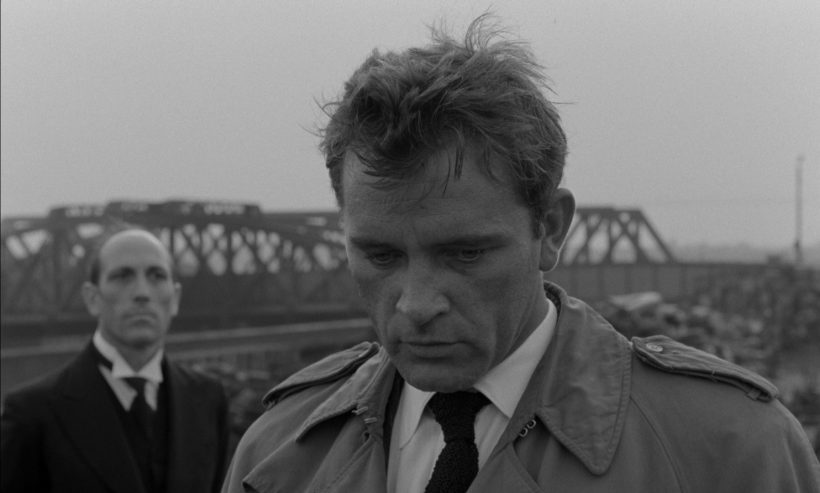






































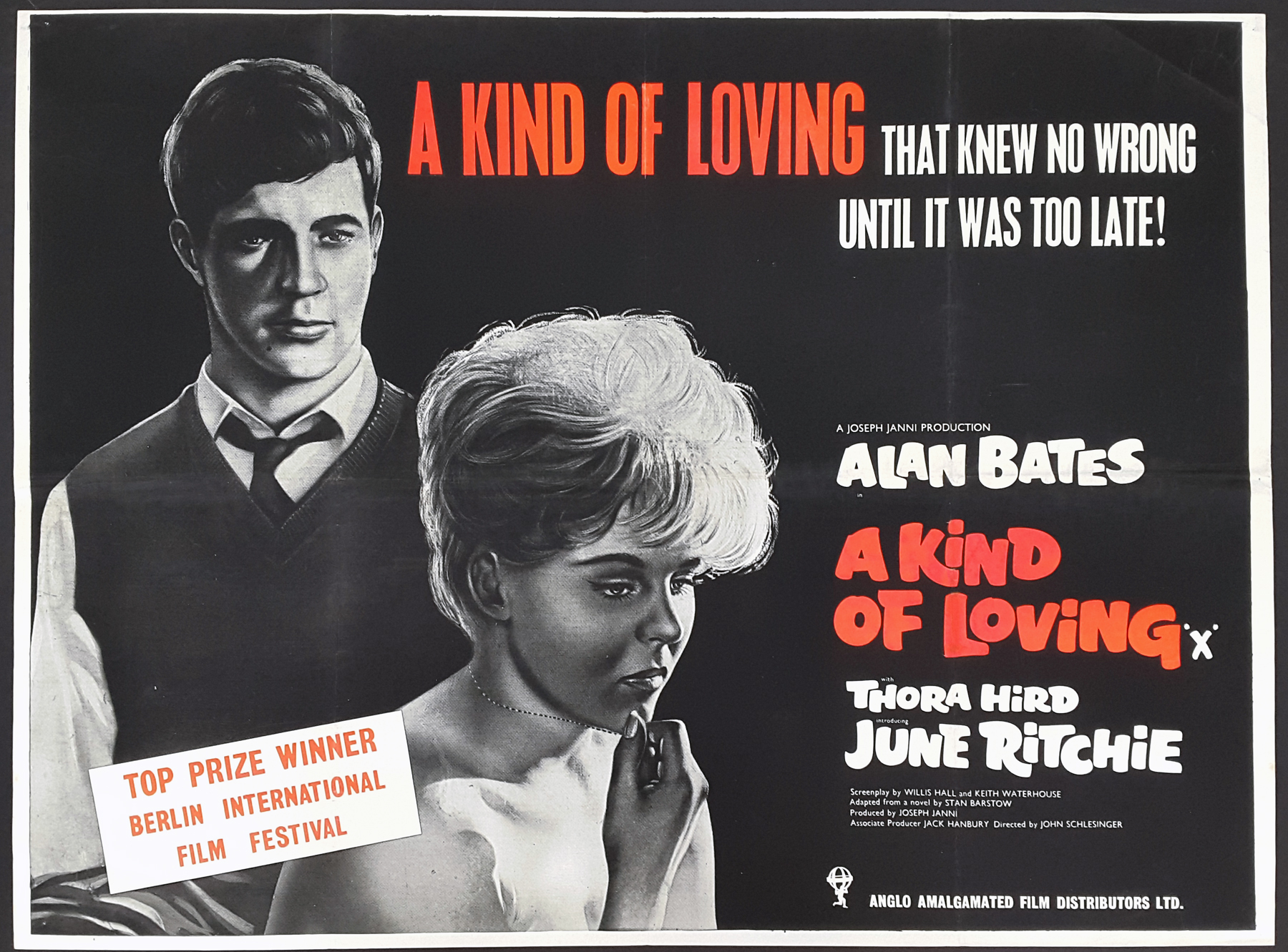





















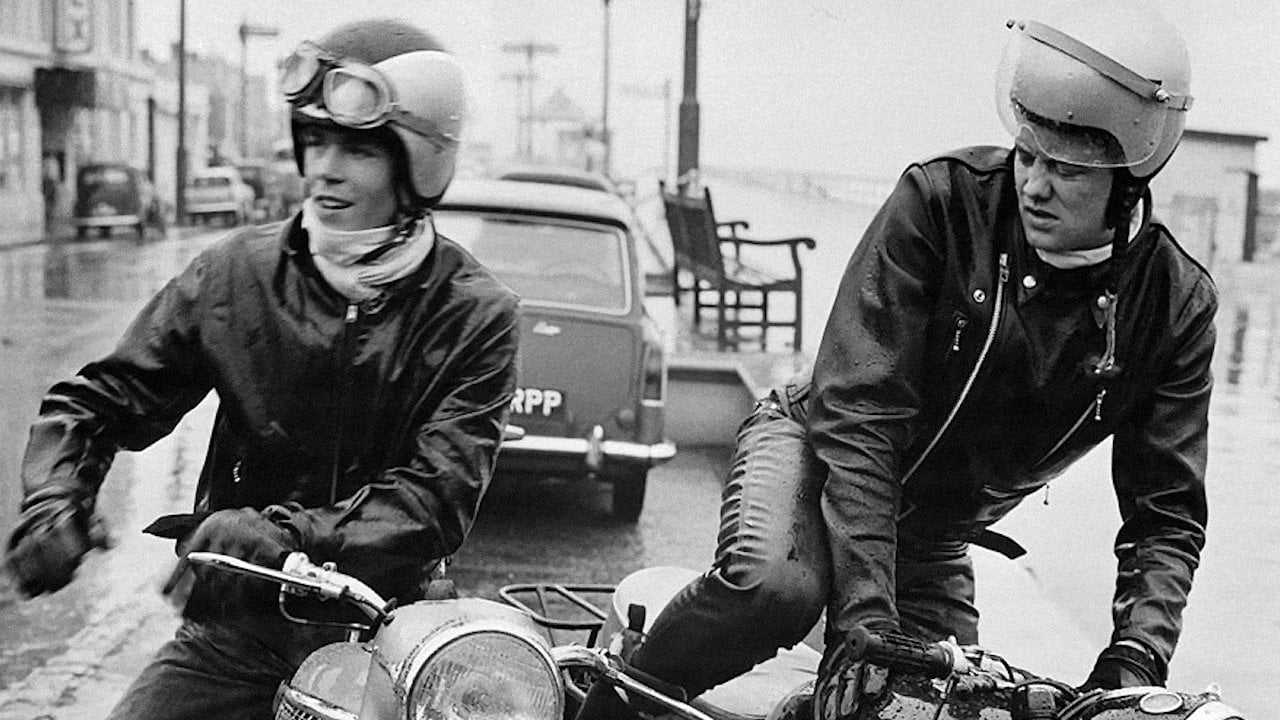





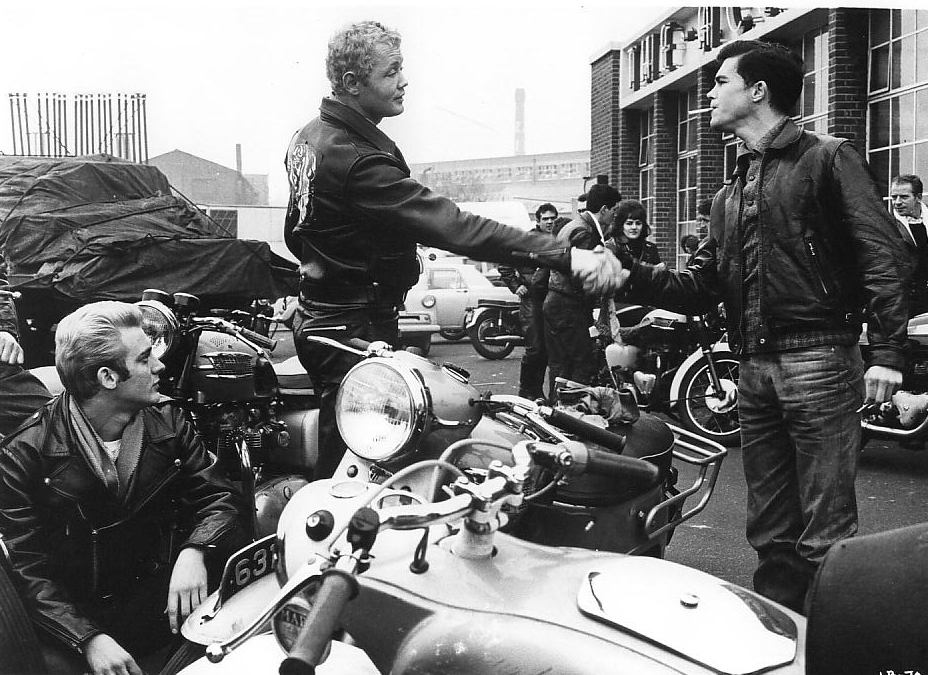
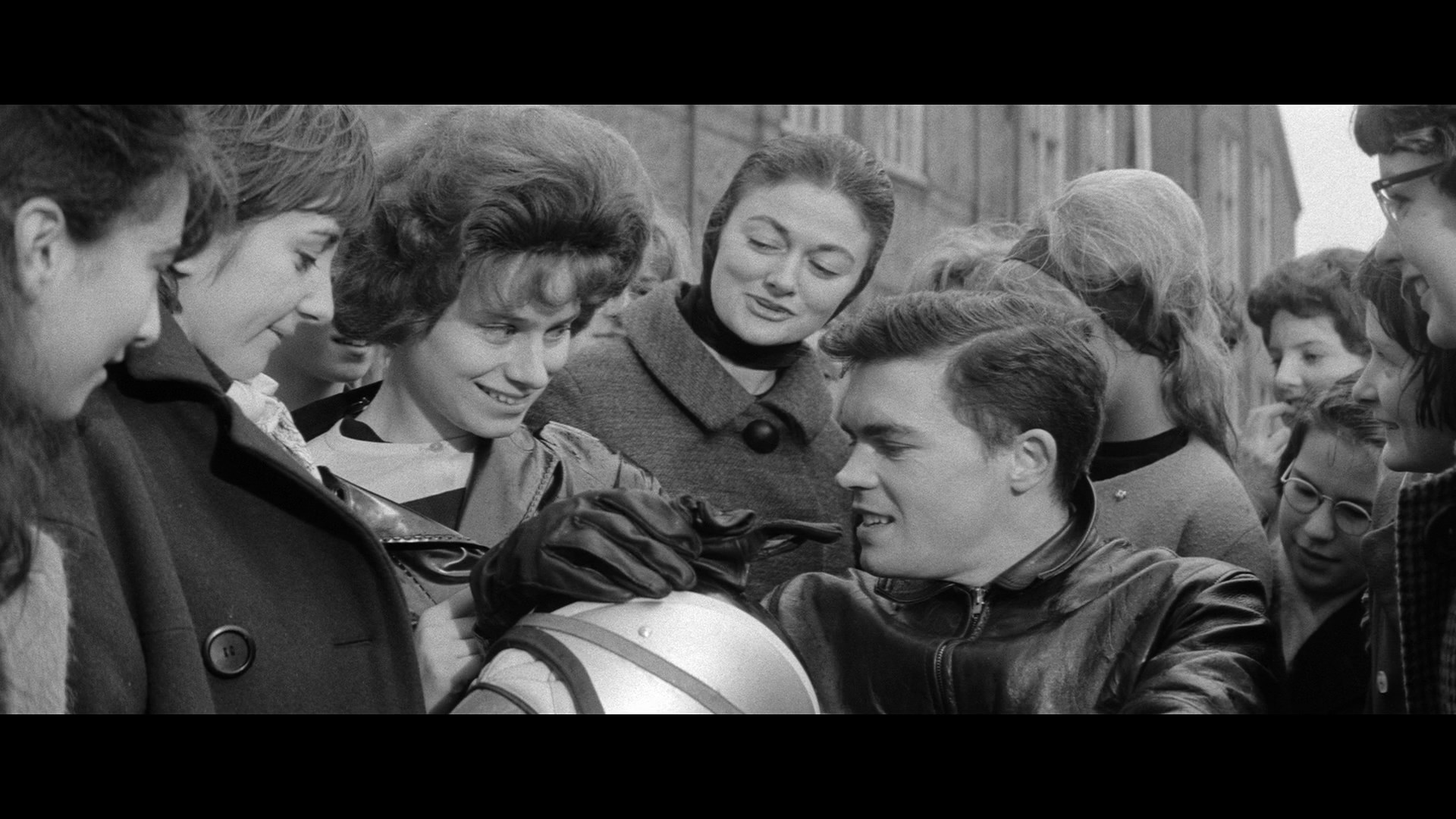













/cdn.vox-cdn.com/uploads/chorus_image/image/54649803/8.0.jpg)


















